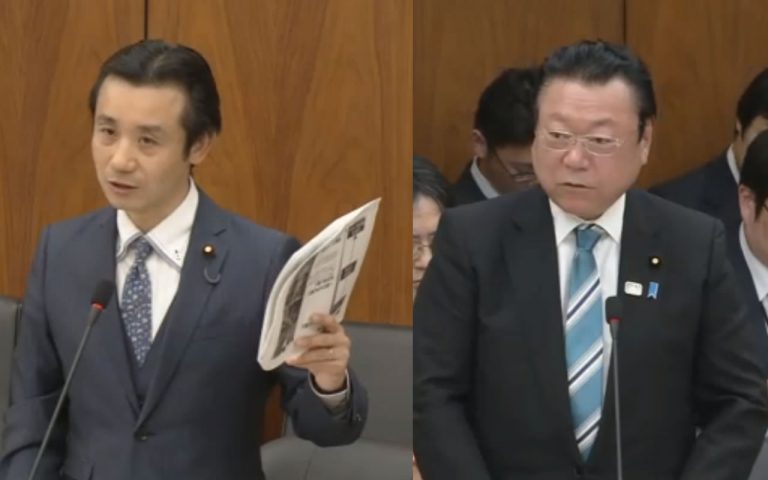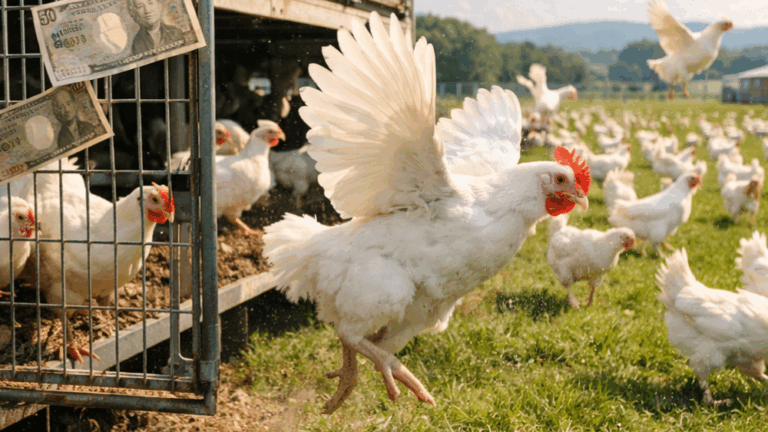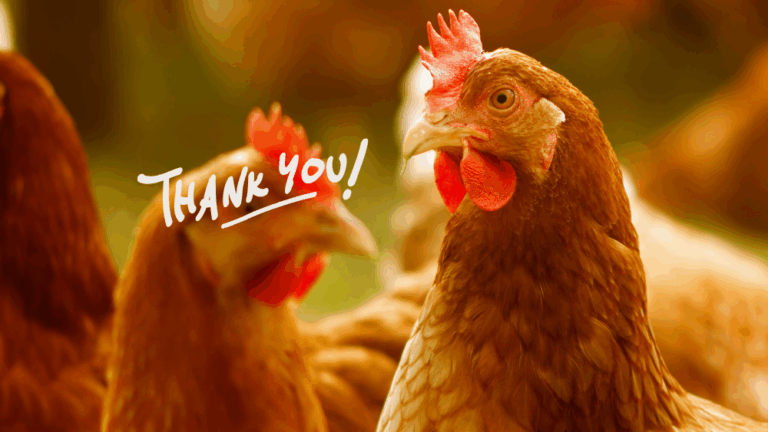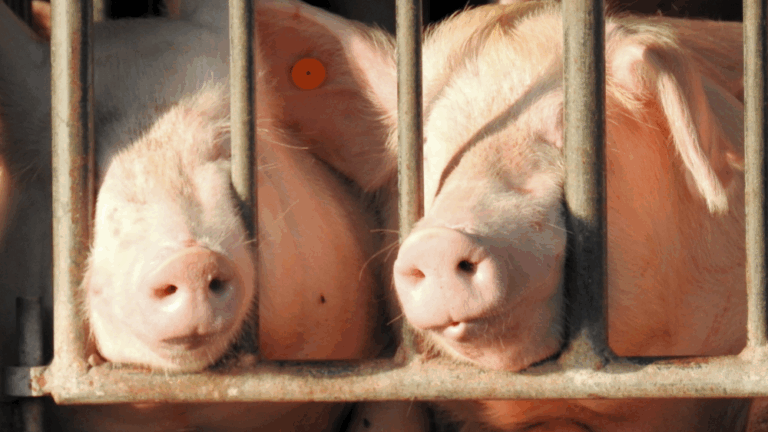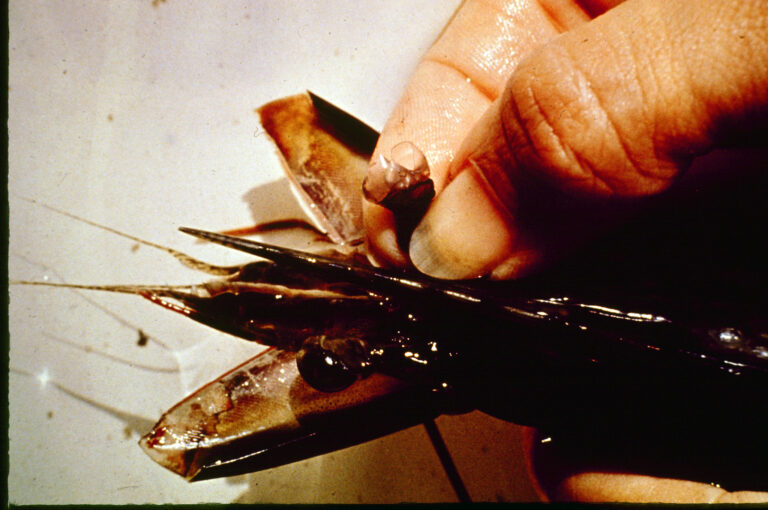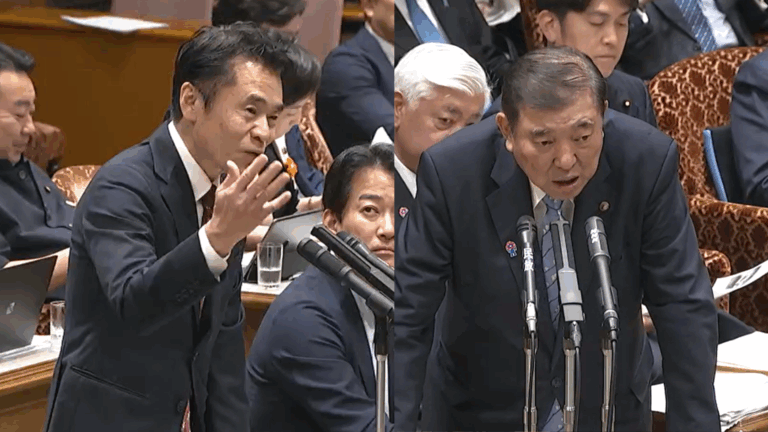It may wind up having opposite effects?
On March 13th 2019, Mr. Akihiro Hatsushika, a diet member from Tokyo asked questions about animal welfare with regards to the procurement of livestock for the Tokyo Olympics and Paralympics to Minister Yoshitaka Sakurada, who is in charge of this issue, at the House of Representatives Committee on Education, Culture, Sports, Science and Technology.
In response to the general-policy speech given by the ministry that stated “In the Olympic village, we’ll use domestic ingredients in order to promote Japan …,” Mr. Hatsushika pointed out that many athletes already showed their concern about animal welfare issues in Japan, so it may indeed have opposite effects to giving good impressions of Japan.
The Minister Sakurada defined animal welfare as follows:
It is about executing a practice by taking animals’ comfort into consideration.
For instance, animals are observed and recorded daily to maintain their health while they are given quality food and water, treated well, air is constantly circulated, and the temperature that is comfortable for animals is properly managed.
This view is unique to Japan, and the importance of appropriate environments for animals is not mentioned.
On the other hand, animal welfare defined by the American Veterinary Medical Association, which is equivalent to the definition by the OIE can be referred to below. This is supposed to be the global standards. The interpretation of animal welfare in Japan, which is deliberately incorrect, will become a risk to not only animals and environments but also for humans who are very well connected to those two:
Animal welfare means how an animal is coping with the conditions in which it lives. An animal is in a good state of welfare if (as indicated by scientific evidence) it is healthy, comfortable, well nourished, safe, able to express innate behavior, and if it is not suffering from unpleasant states such as pain, fear, and distress. Good animal welfare requires disease prevention and veterinary treatment, appropriate shelter, management, nutrition, humane handling and humane slaughter. Animal welfare refers to the state of the animal; the treatment that an animal receives is covered by other terms such as animal care, animal husbandry, and humane treatment. Protecting an animal’s welfare means providing for its physical and mental needs.
Ensuring animal welfare is a human responsibility that includes consideration for all aspects of animals well-being, including proper housing, management, nutrition, disease prevention and treatment, responsible care, humane handling, and, when necessary, humane euthanasia.
Mr. Hatsushika explained the current state of battery cages for hens and gestation crates for sows in a very clear manner. He especially emphasized the brutality we pose to mother pigs as follows:
Think about it, everyone.
You get pregnant, and you are so confined that you will not be able to turn around for 114 days.
These pigs are forced to do nothing but eat their food just in front of them for 114 days until they give birth to the babies.
Ladies, can you imagine if you were put into a situation like this, would you expect these babies to be healthy? If it were a human, it would not be possible at all. And yet, Japanese pigs are born that way, and we eat these pigs unfortunately.
He pointed out the current procurement standards (The Animal Welfare-oriented Livestock Management Standards) are not good enough since they allow such practices.
He also suggested accepting requests by some Olympic athletes, which are to use food from cage-free and crate-free sources.
While the world is moving towards cage-free, the Livestock Management Standards in Japan explain about hens as follows (referred by the diet member, Mr. Hatsushika):
I’m only referring to the egg hens mentioned in the Livestock Management Standards due to the limitation of my time.
The Standards state “there are many methods to raise hens, including cages, cage-free, and free-range, […] the below will explain each of these methods. That said, little has been known about the methods other than cages, and provided that the cage method is the mainstream one in this country, the Standards will mainly focus on the cage method especially about the structure and space.”
So the cage method is the standard in Japan.
Yes that is correct, though these are supposed to be livestock management standards based on animal welfare!
In addition, it revealed the pathetic reality in Japan by stating “Little has been known about the methods other than cages …”
The minister answered that the concerned vendors had been already informed to procure organic products, which is the only requirement at this point, to the question of whether or not to disclose how hens and mother sows are raised.
However, the Agriculture, Forestry and Fisheries Committee, which was held on the day before, revealed that there were only 14 organic producers.
On top of that, there are only 8 producers if we are to exclude feed producers.
Among those, there is only one pork producer.
If we were to procure organic food, we would have to import food from outside Japan.
Minister Sakurada did not go beyond the Livestock Management Standards in Japan till the end.
There are a few good producers registered in the JGAP and the GAP acquiring challenge system.
And yet, these great companies are not credited since the standards are so low.
There is no point in claiming the importance of animal welfare if action is not taken.
It is far from real animal welfare in Japan.
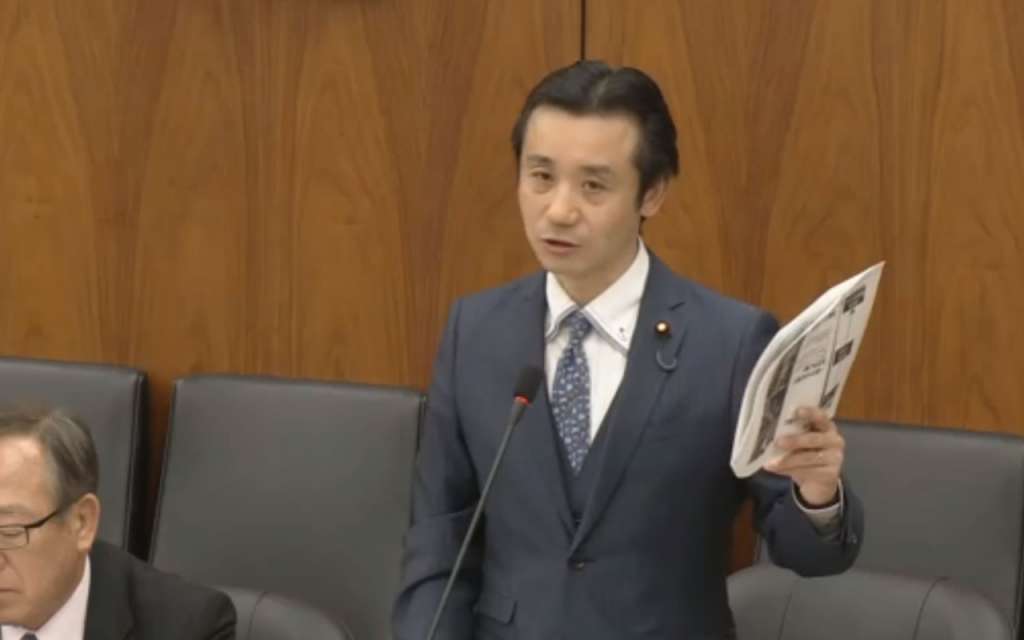
*1 IEC(国際鶏卵委員会)
*2 https://legacyforanimals.com/letter-jp/
*3 http://www.maff.go.jp/j/jas/jas_kikaku/yuuki_jigyosya_list.html


